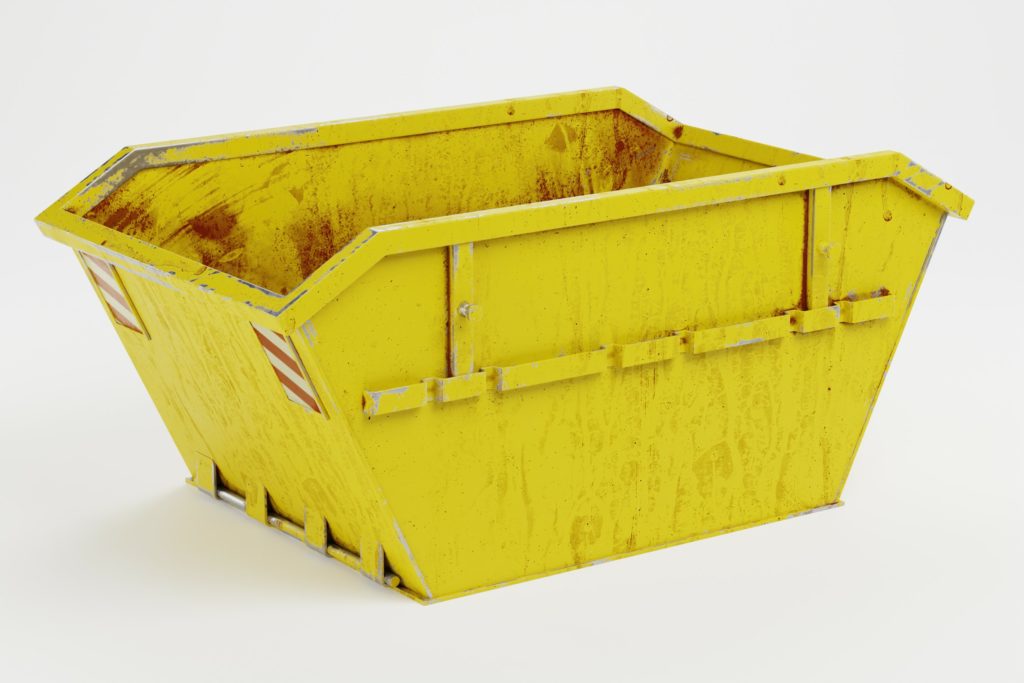Understanding Skip Types
Before diving into loading techniques, it’s essential to understand the different types of skips available. Skips come in various sizes and designs, such as open, closed, and roll-on-roll-off skips. Each type serves specific purposes, so choosing the right skip for your project’s needs is crucial to avoid any inefficiencies or additional costs.
Safety Precautions
Safety should always be a top priority when dealing with skips. Proper safety gear, including helmets, gloves, and high-visibility vests, must be worn during loading and unloading. Additionally, ensuring the skip is placed on stable ground and not overloaded reduces the risk of accidents and injuries.
Preparing the Site
Before the skip arrives, it’s essential to prepare the loading area properly. Clear any obstacles or debris that could hinder the process, and inspect the surroundings for potential hazards. Taking these precautions will create a safer environment for skip loading.
Organizing Waste
Efficient waste disposal starts with proper organization. Segregate waste into different categories: wood, metal, and general. This allows for easier recycling and prevents the contamination of recyclable materials.
Optimizing Skip Space
Effectively utilizing the skip’s space ensures maximum efficiency. Place larger and heavier items at the bottom and stack smaller items on top. Avoid creating void spaces to minimize unused areas, and never exceed the skip’s weight limit.
Prohibited Items
Certain items are not allowed in skips due to safety or legal reasons. These may include hazardous materials, asbestos, and electrical appliances. Be aware of the prohibited items and explore alternative disposal methods for them.
Loading Heavy Materials
Loading heavy and bulky materials requires caution to prevent injuries. Use appropriate equipment, such as wheelbarrows or ramps, to safely move heavy items into the skip. Consider seeking assistance when dealing with exceptionally heavy loads.
Covering the Skip
When the skip is not in use, covering it provides several benefits. It prevents unauthorized access and reduces the risk of fly-tipping. A securely covered skip also avoids any spillage during transportation.
Skip Removal and Replacement
A timely removal or replacement is essential once the skip is full or the project is complete. Arrange skip collection in advance to maintain a clean and organized work site. Avoid leaving a skip unattended for extended periods, as it may attract illegal dumping.
Environmentally Friendly Practices
Promote environmentally responsible waste disposal. Encourage recycling efforts and explore eco-friendly waste management options. By being environmentally conscious, we contribute to a sustainable future.
Regular Maintenance
Regularly inspect and maintain skips to ensure their longevity. Check for damages, and repair or replace skips when necessary. Proper maintenance saves costs in the long run and ensures the skip’s continued functionality.
Cost-Effective Solutions
Waste disposal costs can add up quickly, but there are ways to optimize spending. Minimize the number of skips required through efficient loading and recycling. Additionally, consider hiring skips from reliable providers offering competitive rates.
Ensuring Compliance
Adhere to waste disposal regulations and legal requirements in your area. Familiarize yourself with any permits or licenses needed for specific waste types. Compliance ensures that you avoid penalties and contribute to responsible waste management.
FAQs
Can I load the skip with any type of waste?
While most general waste is permissible, certain items like hazardous materials, asbestos, and electrical appliances are prohibited in skips due to safety and legal reasons.
What size skip should I choose for my project?
The skip size depends on the volume of waste you expect to generate. It’s better to slightly overestimate than underestimate to avoid overloading.
How do I cover the skip securely?
Use a suitable skip cover or tarp to securely cover the skip, ensuring it’s tightly fastened to prevent any spillage or unauthorized access.
Can I leave the skip on the road outside my property?
Placing a skip on a public road typically requires a permit from the local council. Check the regulations in your area before doing so.
What happens to the waste after the skip is collected?
The waste collected in the skip is taken to a recycling centre or landfill, depending on its type. Proper segregation during loading facilitates recycling efforts.

